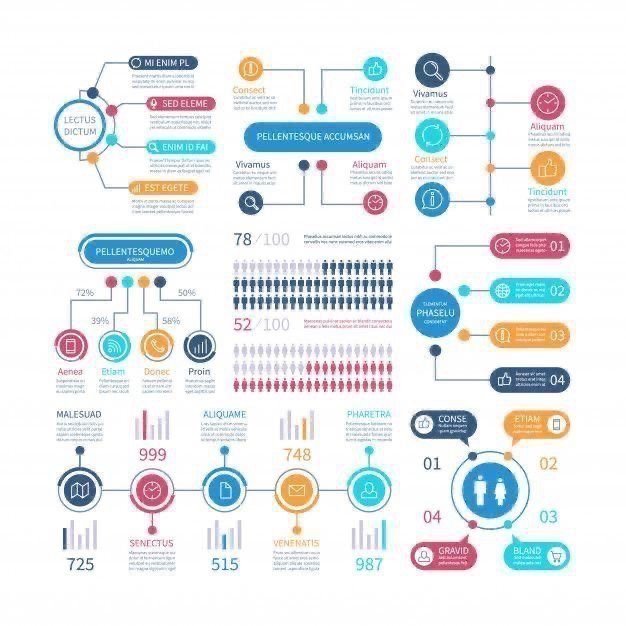
Quick & Dirty Presentation Tip #13 "If you can’t explain it simply, you don’t understand it well enough." Albert Einstein Basically, if you really want people to understand your message, you need to be able to condense the main takeaway into one or two lines. This forces you to take the complexity out and allows you to deliver a message that is simple. A simple message is easy to understand, remember, and share. Once you have that, figure out the main benefit of that simple message for your counterparts and their stakeholders. Simplify that into one or two lines as well. Then cherry-pick the three most important data points that supports your two messages. Boom! Easy for your audience to get and easy for you to deliver. And everybody loves easy. Got a Question About Presentation? Ask Me: dan@boswell-training.com Be Your Absolute Best. Make It Easy. Boswell Communication Training




